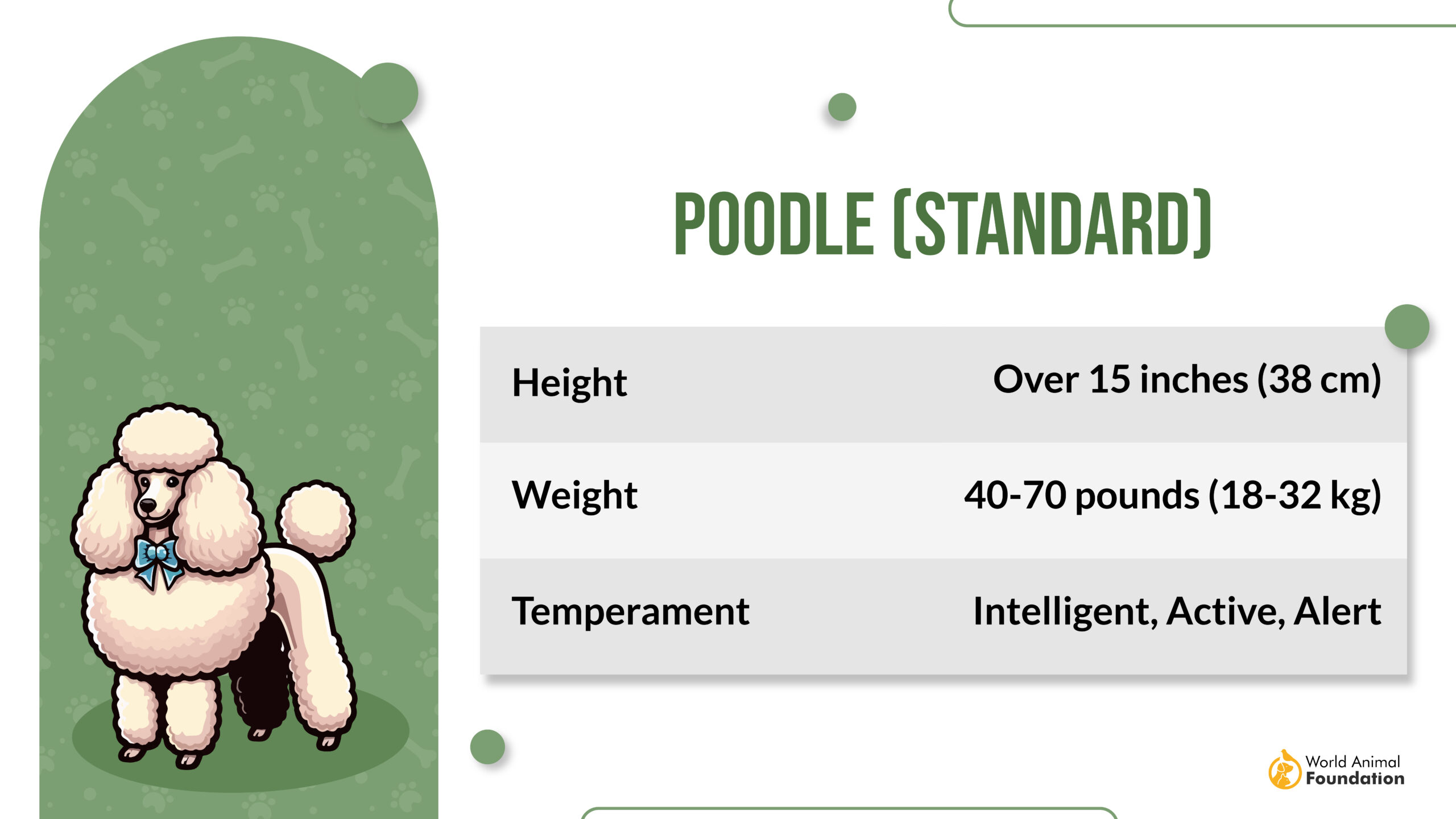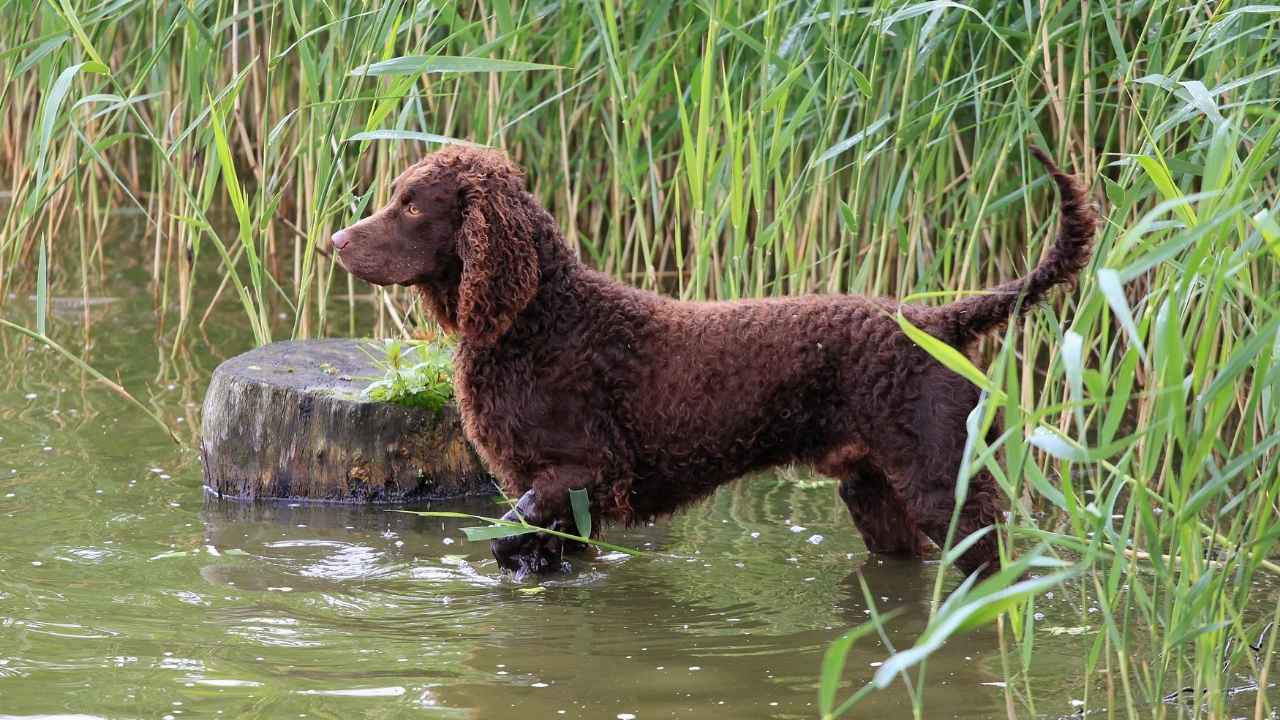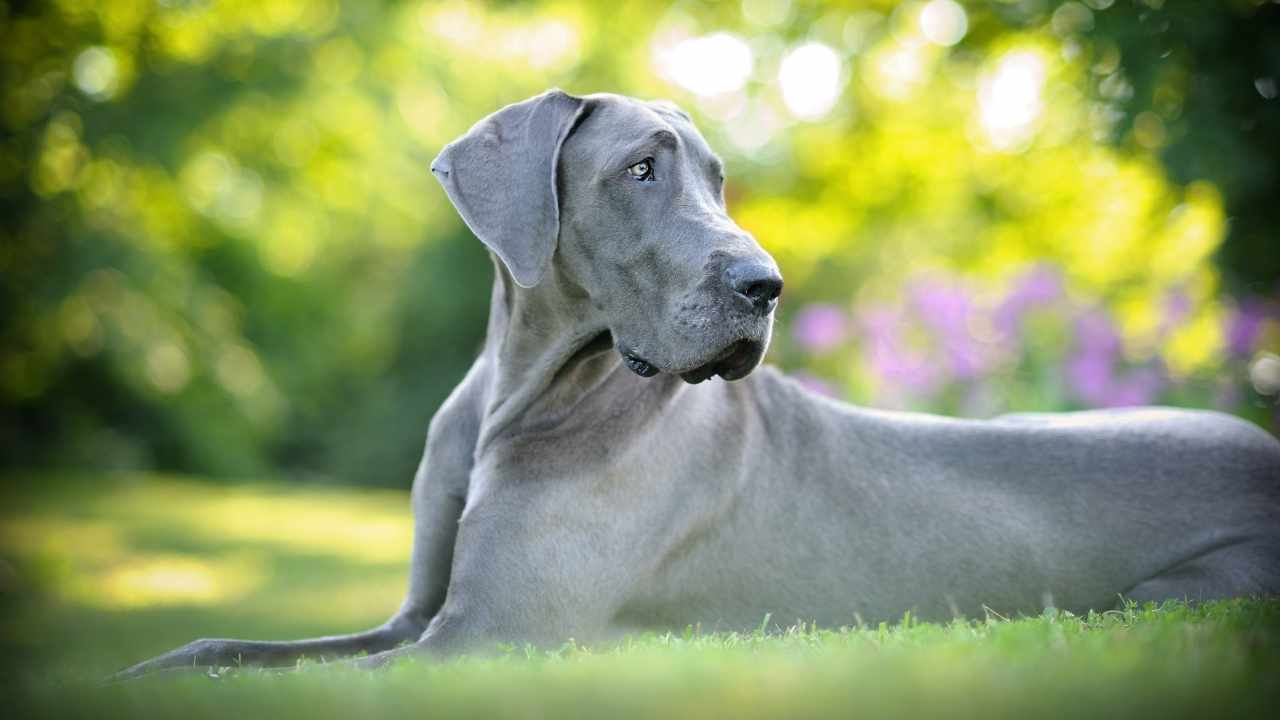In the vast expanse of open waters, where human vigilance alone may not suffice, the integration of canine companions into maritime operations demonstrates an extraordinary blend of instinct and training. “7 Coast Guard Dog Breeds That Enhance Maritime Safety” delves into the remarkable roles these four-legged guardians play in safeguarding our seas. Known for their loyalty, intelligence, and physical prowess, these breeds are more than just protectors; they are partners in ensuring security and efficiency across coastal borders. Discover the unique capabilities of these canine defenders and their indelible impact on maritime safety.
The United States Coast Guard (USCG) isn’t just about ships cutting through the waves—it’s about the brave military members, groups, and their loyal canine companions who keep our coasts safe, day and night. Coast Guard dogs are more than mascots; they are skilled heroes who assist with high-stakes missions, bringing excitement and unwavering morale to their crews.
From icy decks in Michigan to bustling ports in Boston and Texas, these remarkable dogs are located wherever duty calls. Their efforts are captured in vivid images and detailed accounts, showcasing how they’ve operated alongside their handlers to meet maritime challenges.
Whether in Virginia or Jersey, their courage shines as they conduct rescues, protect vessels, and manage threats with a sharp eye.
From Mitchell to the President, these dogs have left an indelible mark. Let’s follow their journey, exploring what makes them extraordinary and celebrating their incredible contributions to maritime safety.
|
Chesapeake Bay Retriever |
Independent, loyal, protective |
High, but requires patience |
Prone to hip dysplasia, eye issues |
Thick, oily coat requires regular brushing |
Strong swimmer, high endurance |
|
Spanish Water Dog |
Lively, affectionate, hardworking |
Moderate to high |
Prone to hip dysplasia, eye conditions |
Curly coat needs regular clipping |
Agile, high energy |
|
Standard Poodle |
Intelligent, playful, friendly |
Very high, quick learners |
Prone to hip dysplasia, allergies |
Curly coat requires regular grooming |
Moderate stamina, agile |
|
American Water Spaniel |
Energetic, friendly, eager to please |
Moderate, responds well to consistency |
Prone to hip dysplasia, heart issues |
Wavy coat needs brushing weekly |
High energy, good stamina |
|
Curly-Coated Retriever |
Confident, intelligent, reserved |
High, but may be stubborn |
Prone to bloat, joint issues |
Tight curls require minimal grooming |
Strong, requires regular exercise |
|
Newfoundland |
Gentle, calm, devoted |
High, excels in water rescue training |
Prone to hip dysplasia, heart issues |
Thick, double coat needs frequent brushing |
Very strong, excellent stamina |
|
Great Dane |
Gentle, friendly, dependable |
Moderate, can be sensitive |
Prone to bloat, joint problems |
Short coat is low-maintenance |
Strong, moderate endurance |
7 Best Coast Guard Dog Breeds
1. Chesapeake Bay Retriever
Weight: 55–80 lbs | Height: 21–26 inchesKnown as the “Chessie,” this breed is a true workhorse of the water, as declared by the AKC. With its waterproof double coat and webbed feet, the Chesapeake Bay Retriever excels in icy waters, where Coast Guardsmen aboard cutters like the USCG Campbell might need assistance retrieving items or aiding rescue missions.
With a temperament described as loyal, intelligent, and determined, Chessies thrive under the guidance of experienced handlers. Highly trainable, they’re ideal for maritime stations, even in local areas like Diego. Their strength and focus have supported missions dating back to World War II, making them invaluable companions in harsh environments.
Fun Fact: These dogs were originally bred to retrieve ducks in frigid waters, and their skills have been documented in many photographs and logs detailing their life-saving capabilities.
2. Spanish Water Dog
Weight: 30–50 lbs | Height: 16–20 inchesAgile and hardworking, the Spanish Water Dog is a medium-sized breed with a curly, water-resistant coat perfect for wet environments. Often found in Coast Guard Stations or assisting Coast Guards in rescue efforts, their herding instincts and problem-solving abilities make them perfect partners in fast-paced settings.
According to historic logs, Spanish Water Dogs have been known to provide life-saving support during battles and maritime emergencies. Friendly but focused, they adapt well to training and can handle complex commands, ensuring they remain an asset for USCG teams across the San Diego area.
Fun Fact: This breed can excel both in water and on land, often switching between aquatic missions and herding duties with ease according to PetMD.
3. Standard Poodle
Weight: 40–70 lbs | Height: 18–24 inchesThough often associated with elegance, the Standard Poodle is a maritime hero in its own right. Its hypoallergenic coat and natural swimming ability make it a surprising but effective asset for missions documented in logs during World War II.
Their temperament is playful yet intelligent, which makes them highly trainable for tasks like retrieval and detection. Often accompanying coast guardsmen on local stations, these dogs blend charm with utility. In places like York or Diego, they’ve been captured in photographs, showcasing their contributions to maritime assistance.
Fun Fact: Originally bred in Germany for waterfowl hunting, the Poodle’s coat was trimmed into the iconic “lion cut” to enhance mobility in water as per The Kennel Club.
4. American Water Spaniel
Weight: 25–45 lbs | Height: 15–18 inchesThe American Water Spaniel may be compact, but it’s a force to be reckoned with. With its dense, water-resistant coat, it thrives in cold conditions, making it an excellent choice for coast guard cutter missions in challenging waters like those near Diego.
Friendly and eager to please, this breed is known for its agility and ability to assist during emergencies, as detailed in historic photographs and battle logs. Their temperament is energetic yet adaptable, allowing them to excel in retrieval missions and tight spaces.
Fun Fact: The American Water Spaniel is Wisconsin’s official state dog and was often used in the USCG’s early support missions.
5. Curly-Coated Retriever
Weight: 60–95 lbs | Height: 23–27 inchesThe Curly-Coated Retriever is a seasoned veteran of maritime operations, thanks to its tightly curled coat that repels water and keeps it warm stated WebMD. These dogs were invaluable during World War II missions and continue to assist in stations like those in York or Diego.
Temperamentally confident yet reserved, they excel in complex operations requiring endurance and calm focus. As highlighted in local logs, their loyalty and strength have made them a favored breed for USCG support roles in rugged coastal areas.
Fun Fact: Once dubbed the “gentleman’s gun dog,” their elegance belies their rugged utility in maritime life.
6. Newfoundland
Weight: 100–150 lbs | Height: 26–28 inchesTowering and powerful, the Newfoundland is the ultimate lifesaver, often pulling people from rough seas with its webbed feet and immense strength. Stories from USCG logs recount their legendary contributions to World War II rescue missions and local stations near Diego.
Their temperament is gentle and nurturing, earning them the “nanny dog” title in maritime circles. As seen in photos, they often accompanied coast guardsmen and women, embodying strength and care.
Fun Fact: A Newfoundland once saved Napoleon Bonaparte from drowning, securing its place in the annals of maritime heroics.
7. Great Dane
Weight: 110–175 lbs | Height: 28–34 inchesWhile known as land giants, Great Danes have proven their utility in port stations for tasks like security and assistance. Their sheer size makes them excellent deterrents, while their loyalty and intelligence help them form strong bonds with coast guardsmen and women.
Though not a traditional swimmer, their presence in USCG roles has been recorded in photographs and logs, particularly in San Diego and York. Their temperament is gentle yet courageous, making them a unique choice for both security and support tasks.
Fun Fact: Once used to hunt wild boar, Great Danes’ courage and strength translate well to modern roles in coast guard life.
Training: Turning Dogs into Maritime Heroes
Coast Guard dogs undergo months of training to prepare for the challenges of maritime environments. They are taught to detect explosives, handle extreme weather, and perform search-and-rescue operations. This specialized training ensures they can tackle missions ranging from port inspections to high-seas rescues.
Fun Fact: Dogs are trained using positive reinforcement, often with their favorite toys, to keep them motivated and focused.
The Evolution of United States Coast Guard Dog Roles
Initially serving as mascots, Coast Guard dogs have evolved into mission-critical assets. Modern canine teams are equipped with advanced training and technology to perform roles like bomb detection and search and rescue.
The Coast Guard uses dogs for maritime safety in several ways, including:
-
Detecting suspicious people and cargo: Dogs can help reduce the time it takes to search for suspicious people and cargo.
-
Exposing hazardous materials: Trained dog-handler teams can detect explosives and other hazardous materials that may be smuggled into U.S. ports.
-
Deploying from helicopters and watercraft: Coast Guard canine handlers can deploy from helicopters and watercraft.
-
Performing vessel-to-vessel hoisting: Coast Guard canine handlers can perform vessel-to-vessel hoisting.
Conclusion
Coast Guard dogs are more than just skilled companions—they’re loyal heroes who have served alongside their human counterparts through every trial and triumph. From icy waters off Michigan Ohio to bustling ports in California, these remarkable canines have played vital roles in maritime safety.
Whether assisting with port security units, boarding vessels, or bringing smiles to weary crews, their contributions remain unforgettable.
Every dog has a unique story, like Sinbad the Coast Guard Cutter Campbell barking his way into Coast Guard legend or modern-day K9s utilized for critical missions like threat detection.
Their service spans weeks of rigorous training, courageous rescues, and even moments of lighthearted joy on board. Captured in photographs and memories, these dogs embody the courage and love that unite the Coast Guard family.
As we reflect on their legacy, these dogs remind us of the strength found in partnership—bridging the gap between humans and animals in pursuit of a safer world.
Their unwavering loyalty and bravery make them icons, not just for the Coast Guard but for all who value resilience and heart in the face of adversity.
The inclusion of specialized Coast Guard dog breeds plays a crucial role in enhancing maritime safety, showcasing the unique abilities these animals bring to their roles. Breeds like the Labrador Retriever and Belgian Malinois contribute with their exceptional scent detection and agility, while others provide formidable search and rescue skills. Their keen instincts and unwavering loyalty bolster maritime operations by ensuring efficient detection of contraband, reliable companionship in rescue missions, and heightened security measures. Ultimately, these canine units embody a valuable asset in the collaborative effort to maintain safety and security on the seas, underscoring the significance of their involvement in maritime operations.










